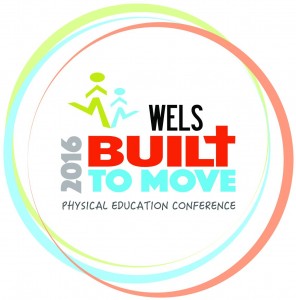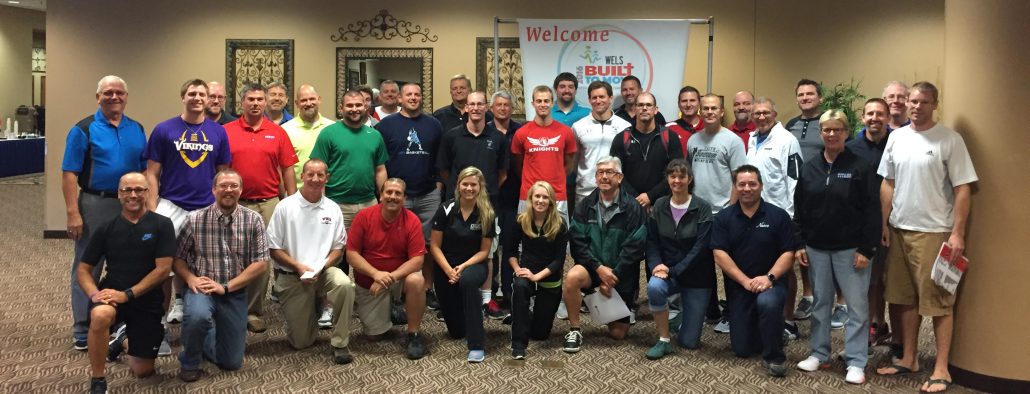Written by Rebecca Cox
“This was the best conference I have ever attended. . . . Our whole faculty should be here. . . . That was the best session I have ever attended at a teachers’ conference. . . . I used a game I learned at the conference in my student teaching today.” These were sentiments expressed by attendees at the second WELS Physical Education Conference.
Keith Bakken, CEO of WHPE (Wisconsin Health and Physical Education), led off the conference with a keynote that detailed the importance of physical education in schools. He discussed the need for quality physical education, given the continuing trend of  childhood and adult obesity and the declining activity rates of adolescents. Just providing physical education is not enough. According to Bakken, it needs to be quality physical education – treated as an academic subject, with objective-based learning and matching state standards. He also touched on what quality physical education looks like and promotes. Physical education is not just playing games, but connecting activity to our lives and knowing how activity relates to the five components of fitness: cardio-respiratory endurance, muscular strength, muscular endurance, body composition, and flexibility.
childhood and adult obesity and the declining activity rates of adolescents. Just providing physical education is not enough. According to Bakken, it needs to be quality physical education – treated as an academic subject, with objective-based learning and matching state standards. He also touched on what quality physical education looks like and promotes. Physical education is not just playing games, but connecting activity to our lives and knowing how activity relates to the five components of fitness: cardio-respiratory endurance, muscular strength, muscular endurance, body composition, and flexibility.
On Friday, Curt Hinson led with the keynote “Motivating Kids to Move – Creating Lifelong Active Learners.” He touched on the importance of the physical educator being a key component to creating lifelong learners. He also talked about teaching physical education lessons based on five “Cs”: control, challenge, curiosity, creativity, and constant feedback. If lessons can tune in to these variables for kids, they will become intrinsically motivated, which in turn leads to becoming lifelong active learners. Hinson also shared information and data to support why movement is crucial to the learning process and how quality physical education is a part of this process.
Not just intended for physical education teachers, the sectionals covered active learning in classrooms, physical education curriculums, national standards, pedagogy, and practical ideas to implement in your physical education class the next day. The sectional leaders were professors from MLC and UW-La Crosse, along with high school and elementary physical education teachers. In addition to the sectionals, opportunities abounded for networking, talking with vendors, and sharing ideas among colleagues.






